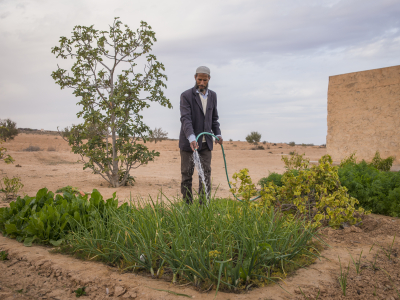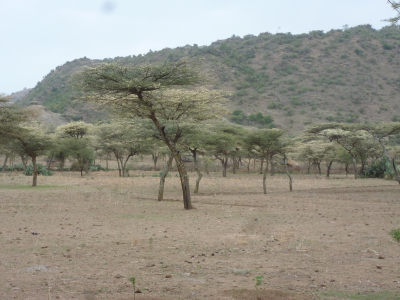ABOUT US









Constraints of adoption of no-tillage systems analyzed evaluated and understood. Application domains for no-tillage systems are identified and mapped. Actual and potential economic, environmental and social impact of no-tillage systems analyzed assessed and quantified. Technical, institutional and policy options for no-tillage technology developed, tested and disseminated. Capacity of stakeholders improved about no-till technology, participatory research and development approach, INRM
In Morocco, arable lands are undergoing alarming rates of degradation, either due to inappropriate soil and vegetation uses or to weather impacts (drought and erosion). Conservation agriculture, which is an important component of an overall durable agricultural system, is mainly based on restricting soil manipulation with tillage and livestock and covering soils with vegetative mulches. Along this line, researchers at INRA initiated in early 1980s a water conservation research program based on No-tillage in semi arid Morocco. Results from this research showed the superiority of no-tillage system over other traditional and conventional tillage practices and no-tillage system could halt or reverse decreased production and land degradation.
Integrated natural resources management (INRM) has emerged as a necessary approach to support disseminating No till as an energy efficient and sustainable soil and crop management practices/production systems in dryland agriculture in Morocco. The approach is based on the integration of new advanced tools from different disciplines and new conceptual and overarching framework to cope with the complexity of real-life conservation agriculture problems.
Date: 2015-12-31 | Type: Journal Article
Date: 2014-09-02 | Type: Journal Article